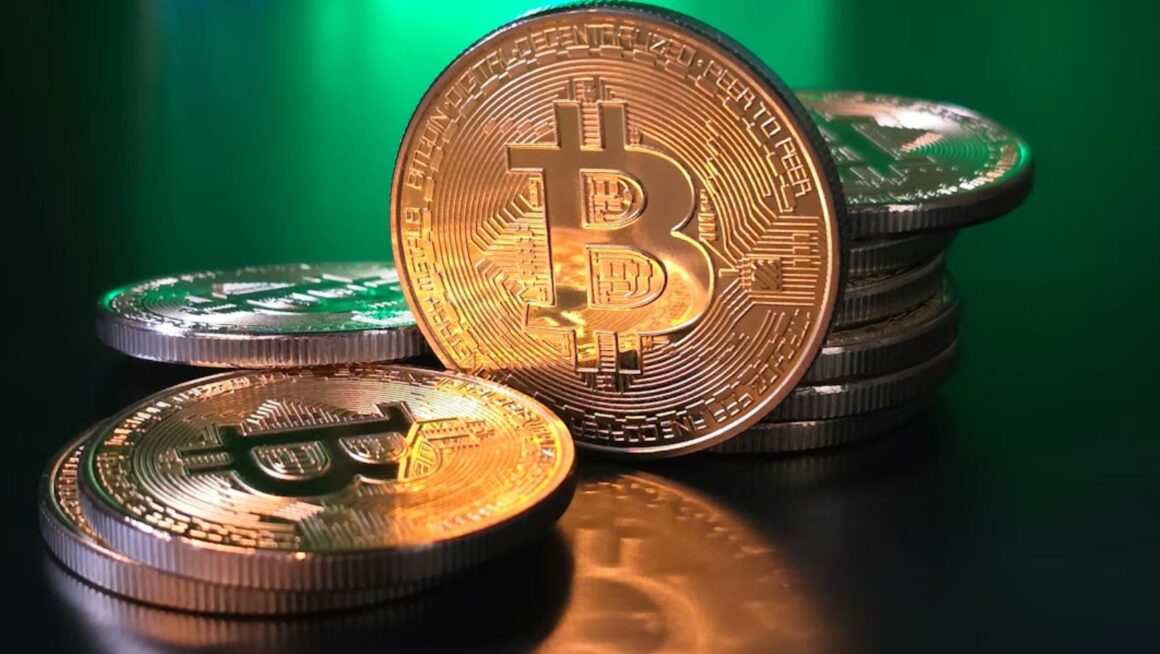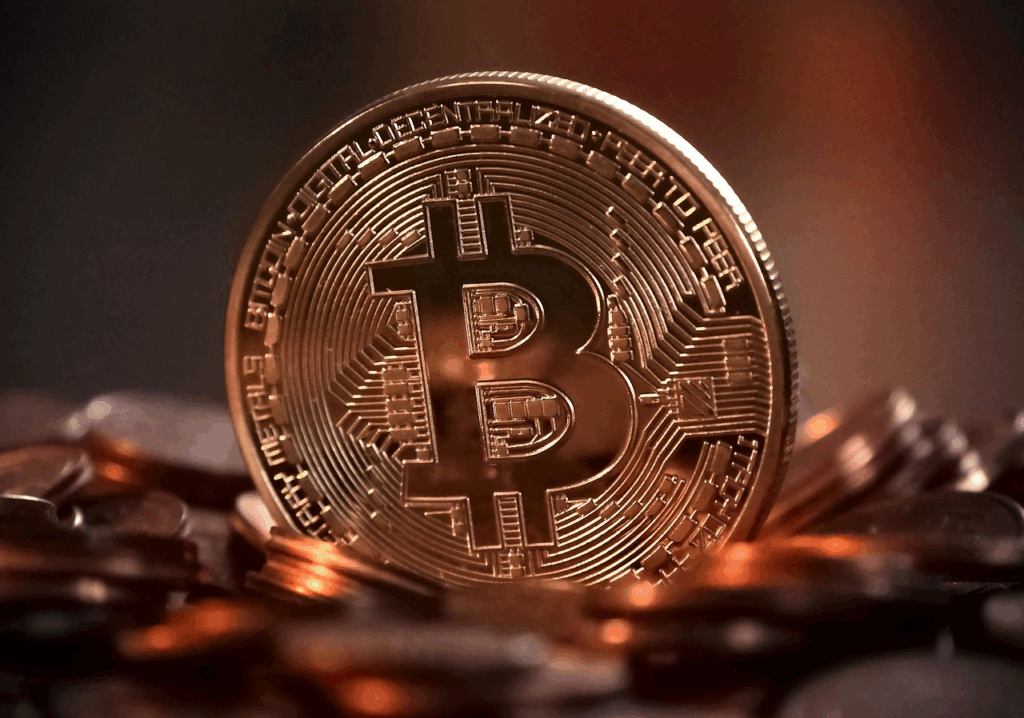For a currency built on global ideals, Bitcoin has never felt more… local.
You can see it on street corners, next to the Redbox and soda machines. You can hear it in small business chatter—like when a coffee shop owner says, “Yeah, we take Bitcoin now.”
It’s funny how things turn out. The most borderless digital currency in history is suddenly showing up in gas stations, corner markets, and local diners. It’s no longer just something you trade on an app. It’s something you can touch—or at least something you can find nearby.
And if you’re wondering where to find a bitcoin ATM, you might be surprised how close one actually is.
Remember when Bitcoin felt far away?
Let’s rewind a few years.
Bitcoin was supposed to live on the internet—somewhere out there between tech forums and trading platforms. It was fascinating but distant, like an idea you could watch but not quite join.
Then people started saying, “You can actually use it now.”
And slowly, the digital became physical. Stores started hanging orange “₿ accepted here” signs. Bitcoin ATMs began appearing in gas stations and shopping centers. The concept of “digital currency” began taking root in real, local soil.
Now, Bitcoin isn’t just a global network. It’s a neighborhood experience.
The new face of crypto: right around the corner
Here’s the thing—when something becomes local, it becomes human.
Think about how people used to talk about “the cloud.” It sounded mysterious, almost magical. But once you could back up photos at the drugstore or stream your playlist in your car, it stopped feeling foreign.
Bitcoin’s going through that same phase.
The rise of Bitcoin ATMs makes crypto tangible. You walk into a convenience store, grab a drink, and realize you can also buy digital currency on the same trip.
No need to set up a complicated exchange account. No need to wait days for verification. You scan, deposit, and it’s done.
That small convenience changes perception in a big way.
Why local access matters more than hype
You know what’s interesting? Most people didn’t start trusting banks because they understood global finance. They trusted them because they could see a branch nearby.
Presence builds confidence.
The same logic applies to Bitcoin. When people can find a nearby ATM or hear about their neighbor using crypto at the local auto shop, it suddenly feels less like a gamble and more like a tool.
And that shift—from abstract belief to everyday familiarity—is where trust begins to grow.
Bitcoin doesn’t need more headlines. It needs more street-level encounters.
“I bought Bitcoin at a gas station” doesn’t sound weird anymore
Not long ago, that sentence would’ve raised eyebrows.
Now, it’s practically normal.
You stop for gas, check your phone, and see the small Bitcoin logo glowing on a kiosk. You think, “Huh. Maybe I’ll try it.” And within minutes, you’ve joined the ecosystem.
That’s the beauty of access—it doesn’t just invite curiosity, it removes barriers.
For many people, Bitcoin ATMs have become the first real step into digital finance. Especially for those who might not have traditional bank accounts, these ATMs bridge a gap that online-only tools can’t.
You don’t need a financial advisor or a tech degree. You just need a few bills and curiosity.
Bitcoin meets Main Street
Let’s talk about the local economy for a moment.
When businesses accept Bitcoin, they’re not just adding another payment option. They’re making a statement: “We’re part of something bigger, but we care about what happens right here.”
It might sound idealistic, but it’s true.
Local stores that adopt crypto tend to see a mix of curious newcomers and loyal repeat customers who appreciate the convenience. It’s like when shops first started accepting Apple Pay or Venmo—it signaled progress, flexibility, and a willingness to adapt.
But there’s something different about Bitcoin. It’s not tied to banks or payment apps. It’s owned by everyone who uses it.
That independence makes every local Bitcoin transaction feel like a small act of community participation.
Here’s the twist: Bitcoin was always meant to be local
It’s easy to forget, but Bitcoin wasn’t created to make traders rich. It was designed as a peer-to-peer currency—a way for individuals to exchange value directly.
That’s as local as it gets.
Every Bitcoin ATM, every small shop that accepts it, every person sending or receiving it—those are all pieces of the original vision. What we’re seeing now isn’t a shift from digital to physical. It’s a return to Bitcoin’s roots.
Decentralization was never about being distant. It was about giving control back to individuals in their communities.
A quiet shift in how people use money
Let’s pause and think about money itself for a second.
When you use cash, you trust what’s printed on the bill. When you use a debit card, you trust the bank. When you use Bitcoin, you trust the system—an open one, not run by any single company or government.
That shift feels subtle, but it changes how people relate to value.
And as Bitcoin becomes more accessible—through ATMs, local stores, and everyday adoption—that abstract trust starts looking a lot more like ordinary habit.
You don’t need to be a crypto evangelist. You just need to recognize that your corner store is now part of the network.
Everyday stories from unexpected places
You might expect to hear about Bitcoin from tech hubs like San Francisco or Austin. But lately, the most interesting stories are coming from small towns.
A barber in Georgia installed a Bitcoin ATM in his shop. A bakery in Michigan started taking crypto tips. A retired teacher in Florida uses her local kiosk to send Bitcoin to her grandson overseas.
These are not Silicon Valley moves. These are everyday people finding ways to connect through a digital system that now feels local enough to trust.
When innovation meets convenience, adoption stops being theoretical. It becomes routine.
What happens when Bitcoin feels familiar

Familiarity is underrated.
Once people see something often enough, they stop fearing it. That’s what’s happening with Bitcoin.
It’s no longer just a buzzword on financial news—it’s a button on the screen at your gas station. A sticker on the window of your favorite coffee shop. A conversation starter at the local diner.
The more we see it, the less foreign it becomes.
And that normalization might be the single most powerful catalyst for Bitcoin’s next chapter—not price spikes or celebrity endorsements, but quiet visibility in everyday life.
Let’s be honest: local trust beats global hype
Bitcoin doesn’t need more futuristic narratives. It needs reliability you can touch.
People don’t adopt technology because it’s cutting-edge. They adopt it because it fits their routine. Because it makes a small part of life easier.
That’s why local Bitcoin access points—especially ATMs—matter more than big-market news cycles. They turn a global idea into something intimate and accessible.
It’s like seeing the internet for the first time in a library computer room. Suddenly, it wasn’t some abstract “network.” It was something you could use.
So, what’s next?
The next phase of Bitcoin probably won’t come from another massive innovation. It’ll come from integration.
More local ATMs. More point-of-sale systems. More ordinary businesses saying, “Sure, we’ll take crypto.”
And when that happens, Bitcoin stops feeling like an outsider currency. It starts feeling like part of the neighborhood economy.
The truth is, Bitcoin was never meant to live in spreadsheets and speculation charts. It was meant to circulate—among people, among communities, among places that value independence.
That’s what’s happening now.
A local revolution hiding in plain sight
If you step back, this shift is kind of poetic.
A global, borderless technology becoming the heartbeat of small, local exchanges.
It proves something simple but powerful: people connect most with what they can see, touch, and hear nearby.
So when your local grocery store installs a Bitcoin ATM, or your favorite café adds a crypto payment option, it’s not a novelty—it’s a sign of where finance is heading.
Local. Accessible. Familiar.
And maybe that’s the version of Bitcoin that changes everything.

